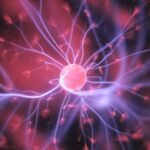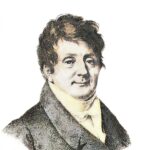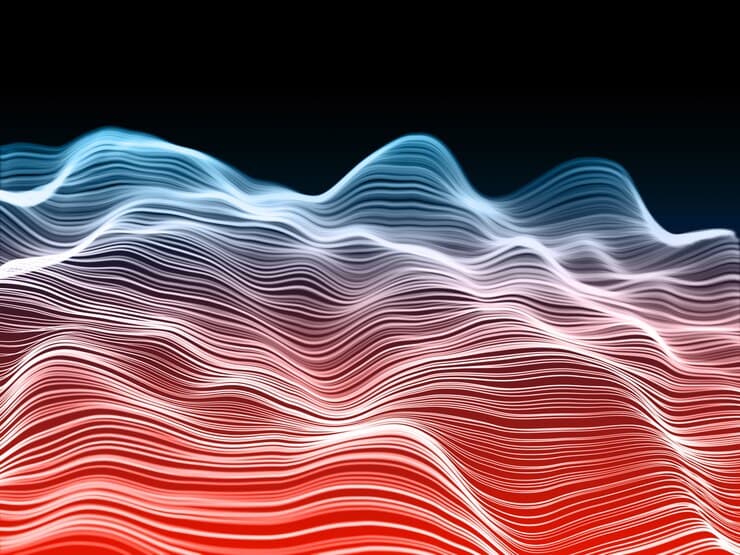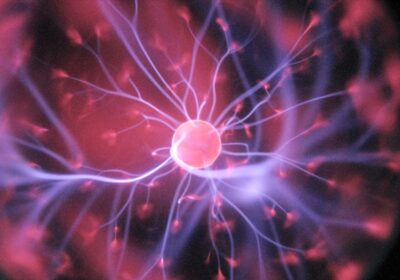
Angular Wave Number: Comprehensive Physics Guide
Wavenumber, often termed the propagation number, emerges as a fundamental measure within the field of physics, offering a unique perspective on spatial dimensions. This concept mirrors the role of temporal frequency in the temporal domain, thereby earning its alternative name: spatial frequency. At its core, wavenumber is defined by the quantity of wavelengths present in a unit of distance, encapsulated by the formula \(k = \frac{1}{\lambda}\), with \(\lambda\) representing the wavelength. This metric, when expressed in inverse meters (\(m^{-1}\)), lacks a specific name in the International System of Units. However, in the centimeter-gram-second (cgs) system, these units are termed kaysers, adding a layer of nomenclature to the field.
The Parallel of Frequency in Time and Space
Delving deeper, the concept of wavenumber aligns closely with temporal frequency (\(f\)), which is quantified in seconds inverse (\(s^{-1}\)) or Hertz. Temporal frequency is understood as the inverse of the period \(T\), mathematically represented as \(f = \frac{1}{T}\). This analogy extends to the perception of the period as the temporal “wavelength,” a measure indicating the duration of one complete cycle in the dimension of time.
What about Geophysical Applications and the Angular Wave Number?
The exploration of geophysics introduces a specialized application of frequency, diverging from the conventional use of Hertz. Geophysical phenomena often manifest as oscillatory waveforms, characterized by their deviation around a central value, exemplified by the wiggle traces observed in seismic data. This oscillatory nature necessitates the use of angular frequency for a more nuanced representation of the relationship between frequency and phase—an inherently angular concept. The angular wavenumber, thus, is introduced, denoted as \(k = \frac{2\pi}{\lambda}\) and measured in radians per meter, to articulate this relationship explicitly. The angular wavenumber’s connection to angular frequency through the equation \(k = \frac{\omega}{V}\) underscores a similarity to the correlation between wavelength and ordinary frequency, highlighting the velocity (\(V\)) as a pivotal factor in this relationship.
Navigating the Terminology: Wavenumber vs. Spatial
Frequency
The lexicon surrounding wavenumber can be fraught with ambiguities. While some experts prefer to reserve “spatial frequency” for the ordinary wavenumber, employing the Greek letter nu (\(\nu\)) or sigma (\(\sigma\)) as its symbol, it’s not uncommon to refer to it simply as the wavenumber, utilizing the symbol \(k\). The diversity in terminology underscores the importance of explicitly defining the terms used in discussions to prevent confusion and ensure clarity in scientific discourse.
The Role of Fourier Transform in Understanding Wavenumber
The Fourier transform stands as a mathematical gateway to the realm of wavenumber, facilitating its computation along spatial axes. This principle is vividly demonstrated through the analysis of two distinct images and their corresponding 2D spectra: a photograph capturing the gentle undulations of ripples and a binary image depicting particles, each processed through fast Fourier transforms. This juxtaposition highlights how an image’s inherent structural organization is mirrored in its spectral representation, with more organized content yielding a more coherent spectrum. Conversely, the spectrum of a noisier image tends to display a ‘white noise’ pattern, illustrating the wide spectrum of spectral signatures resultant from varying image content. This analysis not only elucidates the practical applications of wavenumber but also emphasizes the profound impact of image content on spectral characteristics, thereby offering valuable insights into the complex interplay between spatial organization and spectral representation in the realm of physics.

















